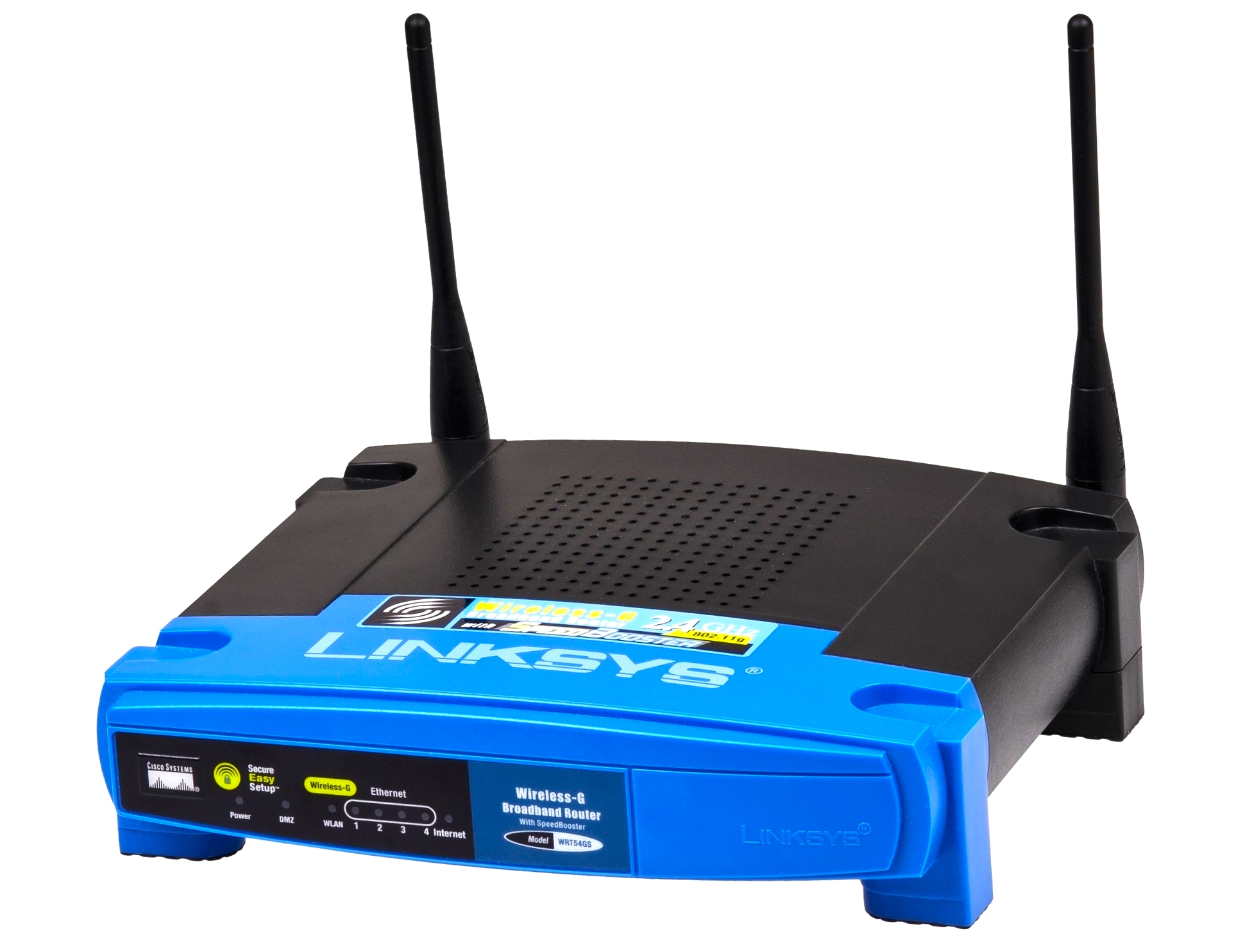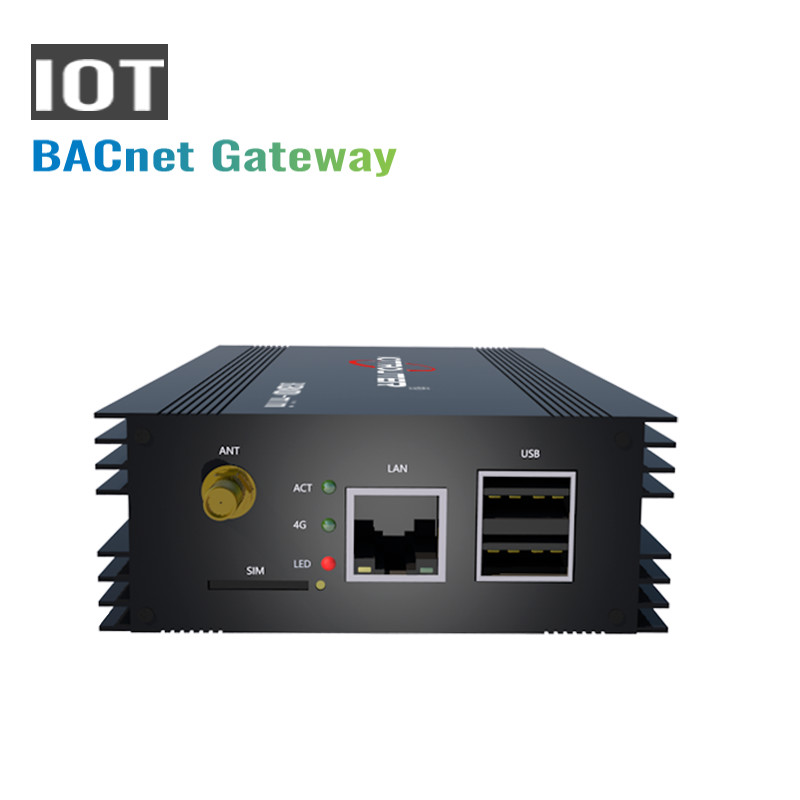Hey there, tech enthusiasts! If you're diving into the world of IoT and wondering about the best ways to set up remote IoT devices behind a router, you've landed at the right place. The concept of remote IoT is no longer a futuristic dream but a reality that's shaping modern living. With the rise of smart homes, industrial automation, and connected devices, understanding how to optimize your IoT setup behind a router is crucial. Whether you're a beginner or an advanced user, this guide will take you through everything you need to know about setting up and managing remote IoT devices seamlessly.
Let's face it—IoT devices are everywhere. From smart thermostats to security cameras, these gadgets are revolutionizing the way we interact with technology. But what happens when you want to access these devices remotely? That's where the router comes in. A router isn't just a gateway to the internet; it's the backbone of your IoT ecosystem. By configuring it correctly, you can ensure that your devices remain accessible, secure, and efficient no matter where you are.
This article isn't just another tech jargon-filled piece. We're here to break down the complexities of remote IoT setups into digestible chunks, so you can focus on what matters—getting the most out of your connected devices. So, grab your favorite drink, sit back, and let's dive into the nitty-gritty of remote IoT behind a router!
Read also:Halle Berry Net Worth The Glamorous Journey Of An Iconic Actress
Table of Contents
- Introduction to Remote IoT Behind Router
- Benefits of Remote IoT Setup
- Security Considerations for Remote IoT
- Optimizing Your Network for IoT
- Choosing the Right IoT Devices
- Configuring Your Router for Remote Access
- Understanding IoT Protocols
- Troubleshooting Common Issues
- The Future of Remote IoT
- Conclusion and Next Steps
Introduction to Remote IoT Behind Router
So, what exactly is remote IoT behind a router? In simple terms, it's the process of managing and accessing IoT devices from a distance using your home or office network. Think of it like controlling your smart lights while you're on vacation or monitoring your security cameras when you're at work. The router acts as the bridge between your devices and the internet, enabling seamless communication.
But why is this important? Well, the world is becoming increasingly interconnected, and the demand for remote access to IoT devices is skyrocketing. According to a report by Statista, the number of IoT devices worldwide is projected to surpass 30 billion by 2025. With such rapid growth, understanding how to set up and maintain a robust IoT network is essential for both personal and professional use.
Why Router Setup Matters
Setting up your router correctly is the foundation of a successful remote IoT experience. A poorly configured router can lead to connectivity issues, security vulnerabilities, and even device malfunctions. On the flip side, a well-optimized router can enhance performance, reduce latency, and provide a more reliable connection for your IoT devices.
Benefits of Remote IoT Setup
Now that we've established the importance of remote IoT, let's talk about the benefits. First and foremost, remote access allows you to control your devices from anywhere in the world. Imagine being able to adjust your home's thermostat from your phone while you're at work or checking your baby monitor while you're out shopping. The convenience factor is off the charts.
But it's not just about convenience. Remote IoT setups also offer cost savings, improved efficiency, and enhanced security. For businesses, this means reduced operational costs and better resource management. For individuals, it means peace of mind knowing that your home is secure and your devices are functioning as they should.
Read also:Shedding Light On Eacuteliot Deacute Niro The Rising Star Whos Turning Heads
Long-Term Advantages
- Increased productivity through automated processes
- Real-time data monitoring and analysis
- Scalability for future device additions
- Customizable settings for personalized experiences
Security Considerations for Remote IoT
As with any technology, security should always be a top priority. When it comes to remote IoT, the stakes are even higher. A single breach can compromise not only your devices but also your personal data. That's why implementing strong security measures is crucial.
Start by securing your router with a strong password and enabling encryption. Avoid using default credentials and consider setting up a guest network for devices that don't require full access. Additionally, keep your firmware up to date to patch any vulnerabilities. It's also a good idea to use a firewall and enable two-factor authentication wherever possible.
Common Security Threats
- Hacking attempts targeting weak passwords
- Malware infections spreading through unsecured devices
- Man-in-the-middle attacks intercepting data
- Phishing scams tricking users into revealing sensitive information
Optimizing Your Network for IoT
A well-optimized network is the backbone of a successful IoT setup. Start by assessing your router's capabilities. Ensure it supports the latest Wi-Fi standards, such as Wi-Fi 6, for faster and more reliable connections. Consider upgrading if your current router is outdated or struggling to handle the load.
Next, focus on bandwidth management. IoT devices can be bandwidth-hungry, so it's important to allocate resources wisely. Use Quality of Service (QoS) settings to prioritize critical devices and prevent bottlenecks. Additionally, consider setting up a separate network for IoT devices to isolate them from your main network for added security.
Tips for Network Optimization
- Place your router in a central location for better coverage
- Use Ethernet cables for devices requiring stable connections
- Reduce interference from other electronic devices
- Monitor network performance regularly and make adjustments as needed
Choosing the Right IoT Devices
Not all IoT devices are created equal. When selecting devices for your remote IoT setup, consider factors such as compatibility, ease of use, and reliability. Look for devices that are compatible with your router and support remote access features. Additionally, check for user reviews and ratings to ensure you're getting a quality product.
Some popular IoT devices for remote access include smart cameras, smart locks, smart thermostats, and smart home hubs. These devices offer a wide range of features and can be easily integrated into your existing network. Just remember to balance functionality with security when making your choices.
Key Features to Look For
- Remote access capabilities via mobile apps or web interfaces
- Support for multiple protocols and standards
- Robust security features, such as encryption and two-factor authentication
- Compatibility with popular platforms and ecosystems
Configuring Your Router for Remote Access
Configuring your router for remote access might seem intimidating, but it's actually quite straightforward. Start by logging into your router's admin panel using its IP address. From there, navigate to the settings related to port forwarding and dynamic DNS (DDNS). Port forwarding allows specific ports to be opened for remote access, while DDNS ensures your router's IP address remains accessible even if it changes.
Once you've set up port forwarding and DDNS, test your configuration by accessing your devices from a different network. This will help you identify any issues and make necessary adjustments. Remember to document your settings for future reference and troubleshooting.
Step-by-Step Guide
- Log in to your router's admin panel
- Enable port forwarding for relevant ports
- Set up DDNS for consistent access
- Test your configuration from a remote location
Understanding IoT Protocols
IoT protocols are the languages that devices use to communicate with each other. Some of the most common protocols include MQTT, CoAP, and HTTP. Each protocol has its own strengths and weaknesses, so it's important to choose the right one for your specific use case.
For example, MQTT is lightweight and ideal for low-bandwidth environments, making it perfect for remote IoT setups. CoAP, on the other hand, is designed for constrained devices and offers efficient data transfer. Understanding these protocols will help you optimize your network and ensure smooth communication between devices.
Popular IoT Protocols
- MQTT: Lightweight and efficient for remote access
- CoAP: Designed for constrained devices and low-power environments
- HTTP: Widely used but can be resource-intensive
- Zigbee: Ideal for short-range, low-power communication
Troubleshooting Common Issues
Even with the best setup, issues can arise. Common problems include connectivity issues, slow performance, and device malfunctions. When troubleshooting, start by checking your router's settings and ensuring all devices are properly configured. Restarting your router and devices can also help resolve temporary glitches.
If the problem persists, consult your router's manual or contact the manufacturer's support team. Online forums and communities can also be valuable resources for troubleshooting tips and solutions. Remember, patience is key when dealing with complex systems like remote IoT setups.
Common Troubleshooting Tips
- Check for firmware updates and apply them if available
- Reset your router and devices to factory settings if necessary
- Monitor network traffic for signs of interference or congestion
- Consult online resources and communities for additional help
The Future of Remote IoT
The future of remote IoT is bright, with advancements in technology driving innovation and expanding possibilities. From 5G networks to AI-driven automation, the landscape is evolving rapidly. These developments promise faster connections, smarter devices, and more seamless user experiences.
As the demand for remote IoT continues to grow, so too will the need for robust security measures and optimized networks. Staying informed about the latest trends and technologies will help you stay ahead of the curve and make the most of your IoT setup.
Emerging Trends
- 5G networks offering ultra-fast connectivity
- AI-powered automation for smarter device management
- Edge computing reducing latency and improving performance
- Quantum encryption enhancing security for sensitive data
Conclusion and Next Steps
And there you have it—a comprehensive guide to the best remote IoT behind a router. From understanding the basics to optimizing your network and troubleshooting common issues, we've covered everything you need to know to set up and manage your IoT devices remotely. Remember, the key to success lies in proper planning, strong security, and continuous learning.
So, what's next? Take action! Start by assessing your current setup and identifying areas for improvement. Experiment with different devices and protocols to find what works best for you. And don't forget to share your experiences and insights with the community. Together, we can build a smarter, more connected world.
Have any questions or thoughts? Drop a comment below or reach out on social media. Let's keep the conversation going and explore the endless possibilities of remote IoT together!


